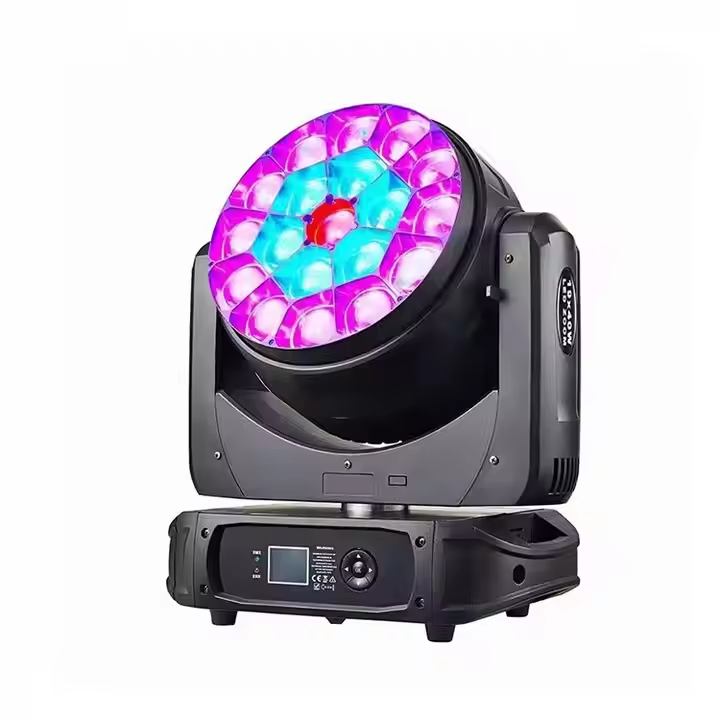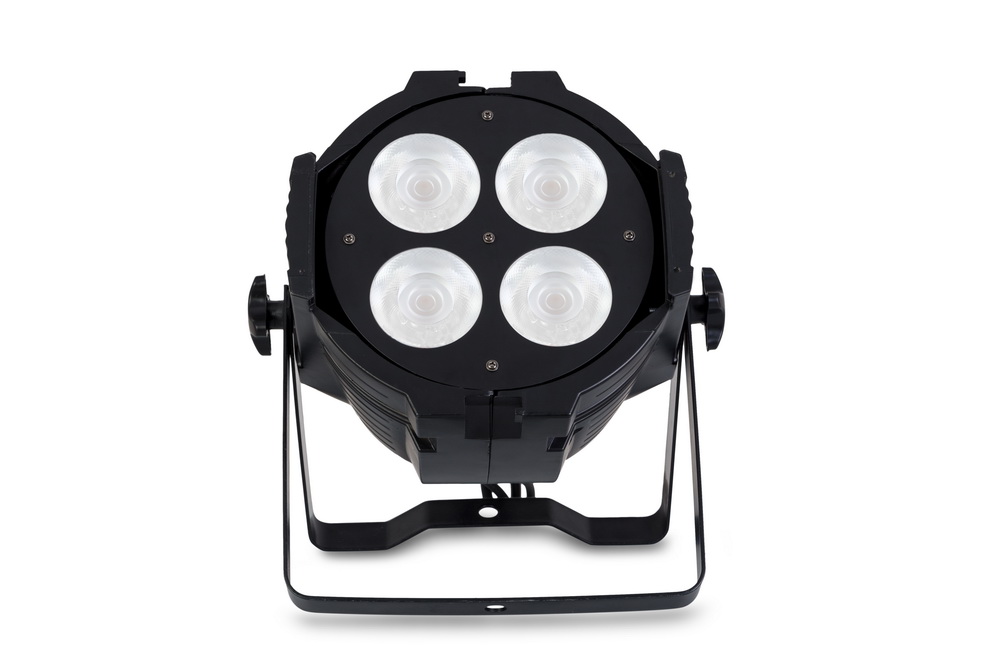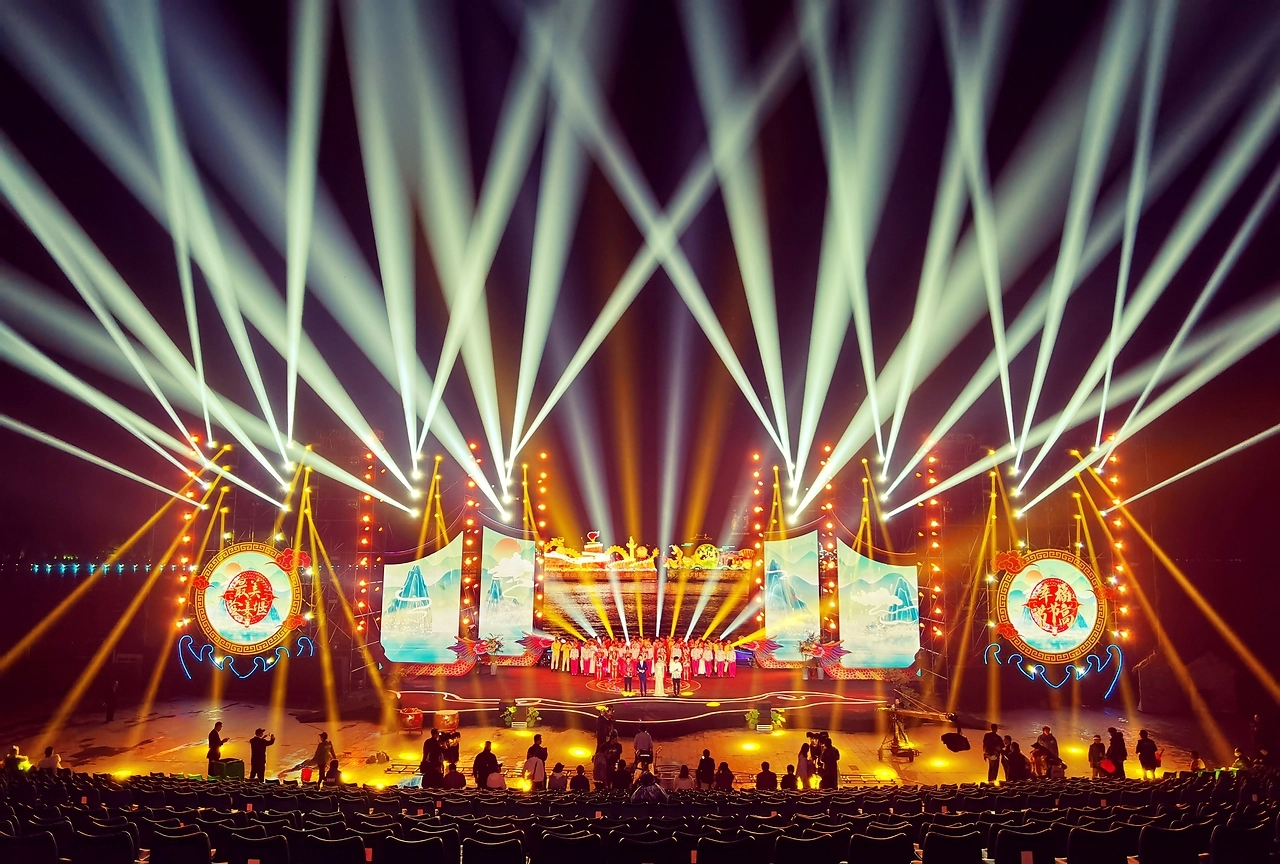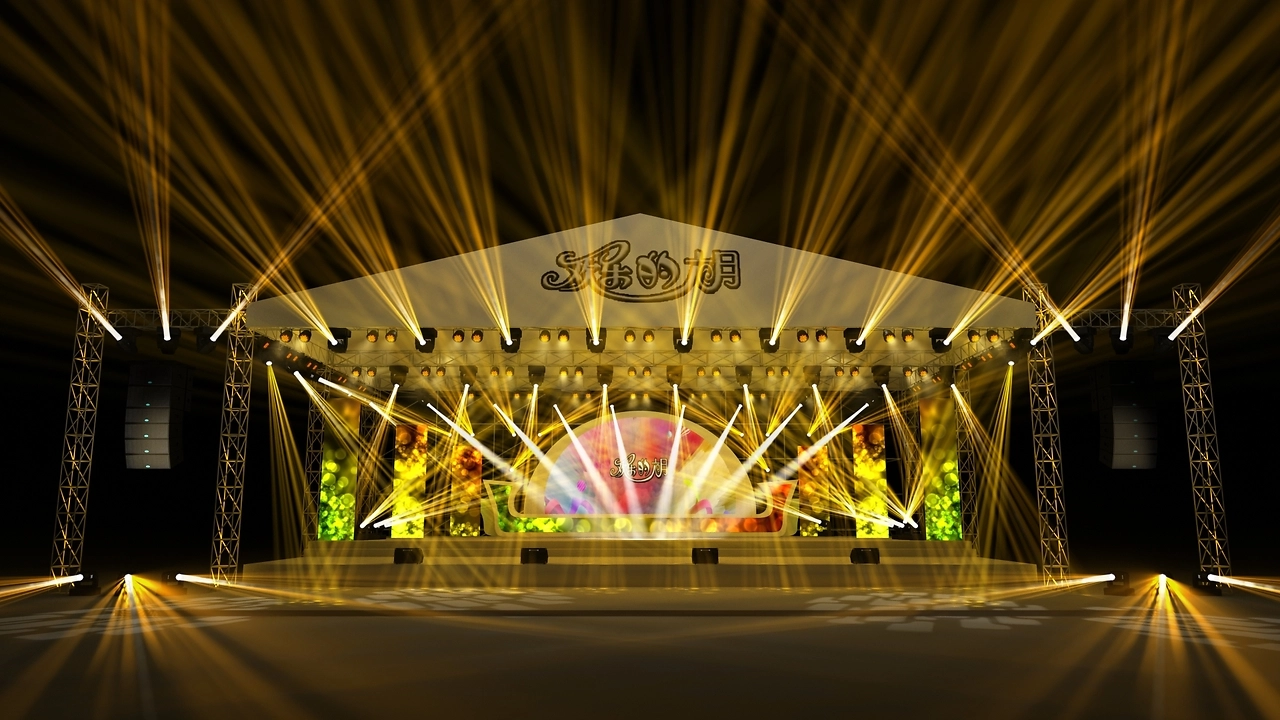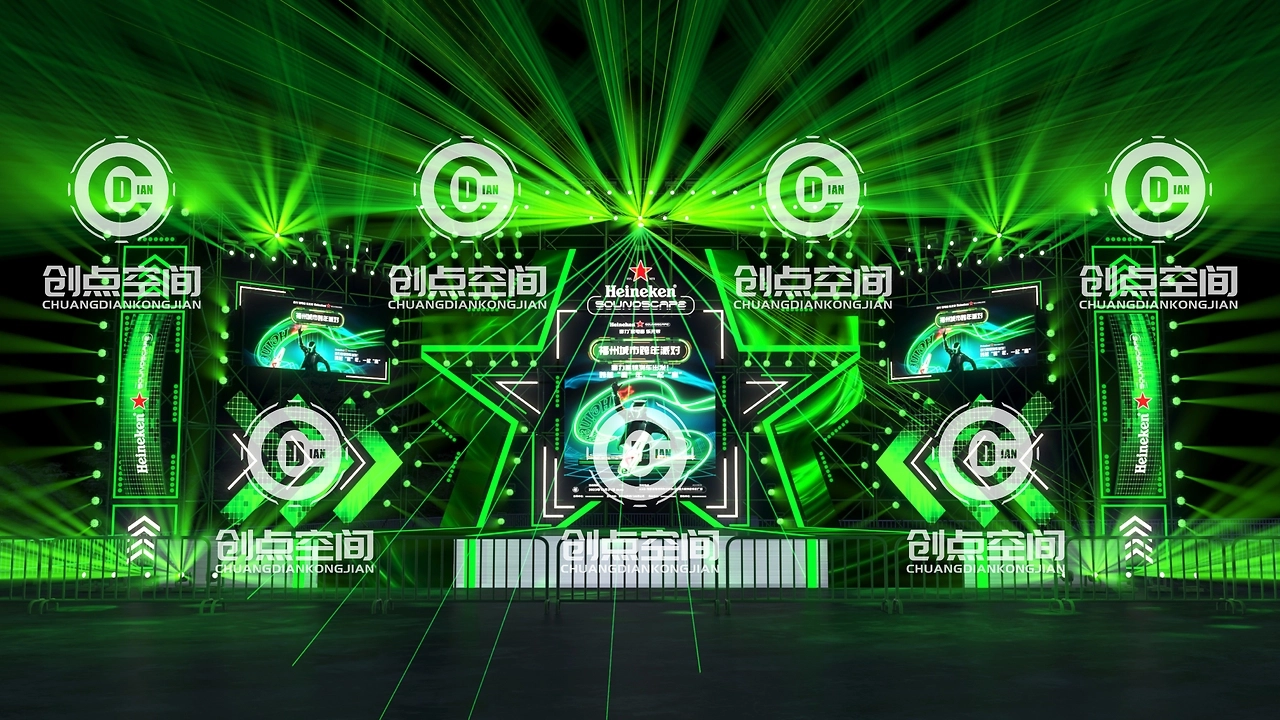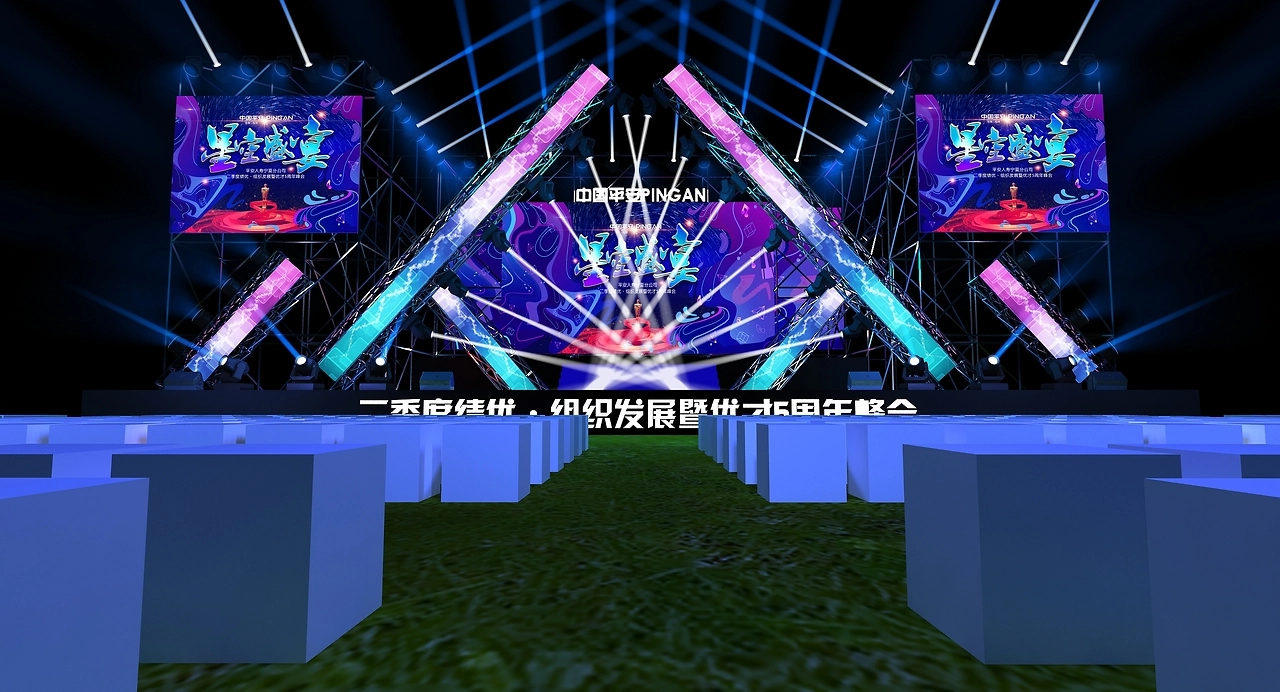《Moving Headlight: Revolutionary Innovation in Stage Lighting》
Lighting technology plays a vital role in modern stage art and large-scale events. Among the many lighting devices, the moving headlight has become an indispensable part of the professional lighting field with its unique design and function. This article will explore in depth the technical characteristics, application scenarios and changes that the moving headlight has brought to stage art.
1. Technical characteristics of moving headlights
The moving headlight is a highly intelligent professional lighting device, and its core feature lies in the word "movement". Unlike traditional fixed lamps, the moving headlight has a built-in precision motor system that can realize the free rotation of the lamp head in the horizontal and vertical directions. Some high-end models can even achieve a horizontal rotation range of more than 540 degrees and a vertical rotation range of 270 degrees.
This mobility is precisely controlled through the DMX512 protocol or other digital control protocols, allowing lighting designers to program complex and smooth motion trajectories. Modern moving headlights mostly use stepper motors or servo motors, and with high-precision encoders, the positioning accuracy can reach less than 0.1 degrees, ensuring the smoothness of movement and the accuracy of positioning.
In terms of optical systems, moving headlights also perform well. Most products use high-brightness LEDs, discharge bulbs or lasers as light sources, and with advanced lens groups and reflective systems, they can produce sharp beams as narrow as 1 degree to wall wash effects as wide as 60 degrees. The color wheel system usually includes CMY color mixing, color film wheels or full-color LED color mixing, which can achieve millions of color performances. Some high-end models are also equipped with special effects systems such as dynamic prisms, animation wheels, and pattern wheels, which greatly enrich the visual effects.
2. Multi-field application of moving headlights
The application range of moving headlights is extremely wide, covering almost all occasions that require professional lighting. In the field of concerts, moving headlights have become standard equipment. By programming and controlling dozens or even hundreds of moving headlights to work together, stunning visual effects can be created, perfectly matching the rhythm of music and the mood of the performance. For example, in Taylor Swift's "Reputation" tour, more than 200 moving headlights created an unforgettable light show.
Theater performances also benefit from the flexibility of moving headlights. Traditional theater lighting requires a large number of fixed lamps and mechanical devices to achieve the switching of different scenes, while mobile headlights can quickly change the lighting angle, color and pattern through programming, greatly simplifying the complexity of the system. In works such as the musical "The Phantom of the Opera", mobile headlights accurately track the movement of actors and enhance the dramatic expression.
In addition, mobile headlights are also widely used in TV studios, large-scale commercial events, architectural lighting and wedding celebrations. In TV shows such as "American Idol", the fast and accurate response of mobile headlights adds vitality to the program; at commercial conferences, they create a lighting atmosphere that matches the brand image; even in modern weddings, mobile headlights have replaced traditional static lighting to create a dreamy scene for the newlyweds.
#moving head light#
3. Industry changes brought by mobile headlights
The emergence of mobile headlights has completely changed the way stage lighting works. Traditional lighting design is limited by the position and angle of fixed lamps, and designers need to spend a lot of time on physical adjustments. Mobile headlights can complete manual adjustments that used to take hours in a few minutes through software control, greatly improving work efficiency.
From the perspective of artistic creation, mobile headlights give lighting designers unprecedented creative freedom. Lights are no longer passive background elements, but active participants that can "perform". In Cirque du Soleil's "KA" show, the precise interaction between mobile headlights and actors creates breathtaking visual effects, and the light itself becomes part of the narrative.
As technology develops, mobile headlights are becoming smarter and more connected. Modern systems support timecode-based synchronization control, location-based automatic tracking, and interactive feedback through sensors. The introduction of artificial intelligence technology enables the lighting system to analyze music and performance content in real time and automatically generate matching lighting effects. These innovations continue to promote the expansion of the boundaries of stage art.
4. Future Development Trends
Looking to the future, mobile headlight technology will continue to develop in the direction of higher performance, smaller size, and lower energy consumption. The popularity of Micro LED and laser light sources will further improve brightness and color performance while reducing energy consumption and heat generation. Wireless DMX and networked control will simplify system wiring, and the application of 5G technology may enable remote real-time control.
The degree of intelligence will continue to improve. Through machine learning and computer vision, mobile headlights can achieve more accurate automatic tracking and predictive movement, reducing the burden of manual operation. The combination with VR/AR technology will allow designers to pre-visualize lighting effects in virtual space and reduce on-site debugging time.
As an important representative of modern stage technology, mobile headlights not only improve the quality and efficiency of lighting effects, but also redefine the role of lighting in performing arts. With the continuous advancement of technology, we have reason to expect that mobile headlights will bring more shocking visual experiences to the audience and provide artists with a broader creative space. In the interweaving of light and shadow, mobile headlights are writing a new chapter in stage art.
